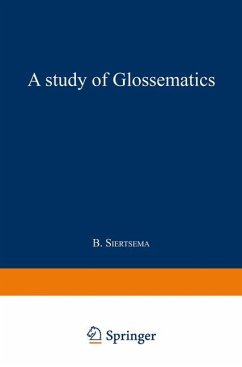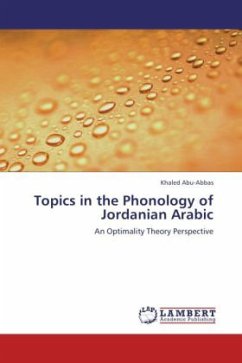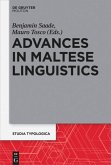There has been a real interest in studying different Arabic dialects to introduce speakers of other languages to their unique use of metaphors. However, Jordanian Arabic is still one of the least studied and documented variants of colloquial Arabic, for most of the attention is either on the Egyptian dialect, the Moroccan dialect and the Gulf dialects. Jordan as a country consists of many communities enjoying rich linguistic environments, and this has created rich repertoires of metaphors that should be given the chance to be studied and documented. This current study is a humble attempt to preserve the cultural-linguistic heritage as well as the spoken dialect of a country that is not well-represented in this field. It should be a step forward to fill the gap in the literature concerning the study of Jordanian Arabic, in addition to be an introduction for those interested in studying Semitic Languages and their different variants and dialects.
Bitte wählen Sie Ihr Anliegen aus.
Rechnungen
Retourenschein anfordern
Bestellstatus
Storno








